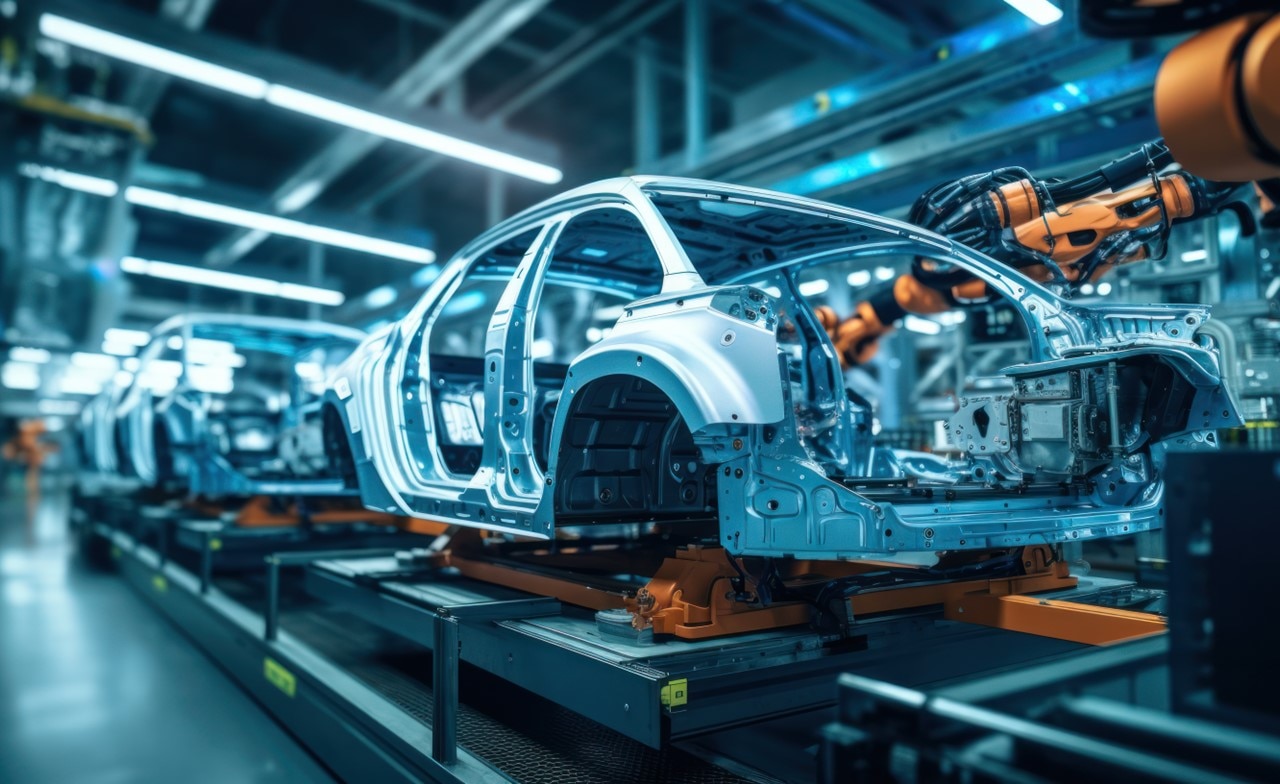As the Global Industry Lead for manufacturing, Helena Jochberger is responsible for the strategic design, development and direction of CGI’s global manufacturing portfolio.
As
Vice-President,
Consulting
Expert
for
CGI
in
The
Netherlands,
Marcel
Mourits
helps
CGI’s
manufacturing
clients
transform
their
supply
chains
and
ecosystems
using
data,
analytics
and
artificial
intelligence
(AI).
In
this
role,
Marcel
drives
discussions
and
decision-making
on
manufacturing
strategies
at
...













